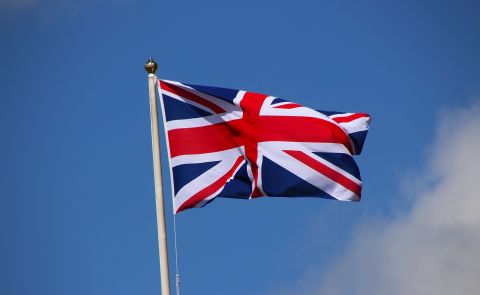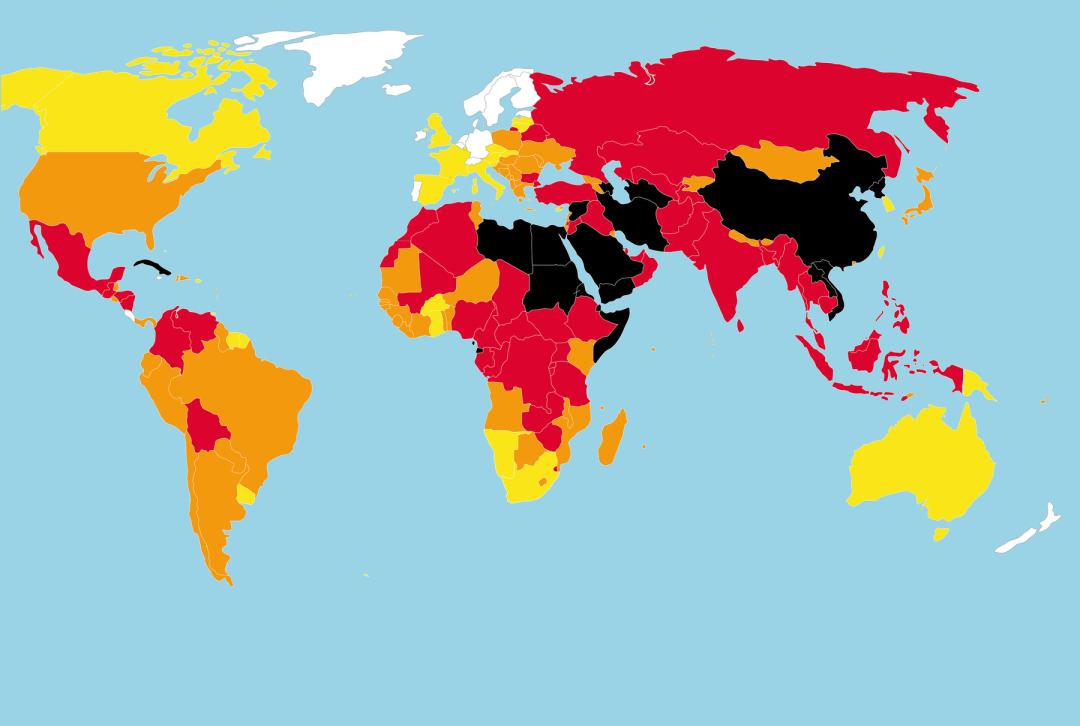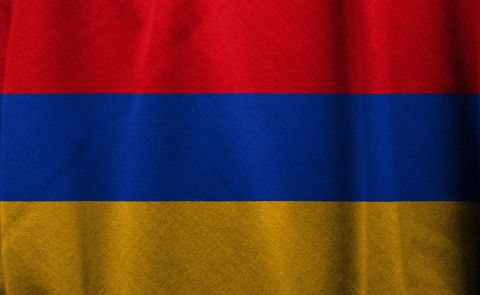
Media Watchdog Warns of Growing Threats to Journalism in Armenia

Armenia’s media environment, while formally pluralistic, is grappling with severe polarization, rampant disinformation, and growing hostility toward journalists, according to the 2025 World Press Freedom Index. These challenges are fueled by deep political divisions, ongoing border tensions with Azerbaijan, and Armenia’s complex balancing act between Russia and the European Union.
Media Landscape and Political Influence
Since the 2018 “Velvet Revolution,” Armenia has witnessed a proliferation of new media outlets, with independent platforms like CivilNet, Hetq, Factor, and Azatutyun playing a vital watchdog role. However, the broader media landscape remains dominated by outlets tied to political elites or oligarchic interests, often compromising editorial independence. Television and print media continue to face overt and covert pressure, while social media—used daily by two-thirds of the population—has become the primary source of information, despite being a major vector for disinformation and hate speech.
Legal and Economic Hurdles
Although Armenia has decriminalized defamation and passed laws ensuring transparency in media ownership, press freedom remains vulnerable. Existing legislation falls short of European standards and does little to curb gag orders or the spread of disinformation. Access to government-held information is often obstructed through bureaucratic delays or outright refusals. Economically, most outlets lack sustainability, with underdeveloped advertising markets and limited subscription models, leaving them dependent on politically affiliated backers.
Hostile Sociopolitical Climate
Journalism as a profession is increasingly under attack. Reporters regularly face smear campaigns, threats, and physical assaults—often instigated by both ruling and opposition factions. Accusations of political bias, corruption, and hate speech create a toxic environment that fosters self-censorship and deters critical reporting. These incidents frequently go unpunished, further emboldening perpetrators.
Journalists’ Safety at Risk
Security concerns, particularly in border regions, pose additional risks to journalists. Whether in Parliament or on the street, reporters face verbal and physical harassment from political actors and their supporters. Inadequate protection and a lack of accountability have fostered an atmosphere where violence against journalists is both common and largely ignored.
See Also


Armenia Records 5.9% GDP Growth in 2024, Missing 7% Goal

Yerevan Balances Strategic Ties with Both US and Russia, Says Foreign Minister

FM Mirzoyan: Peace Deal with Azerbaijan Is Within Reach

Pashinyan and Erdogan Hold Call, Reaffirm Commitment to Ongoing Dialogue

